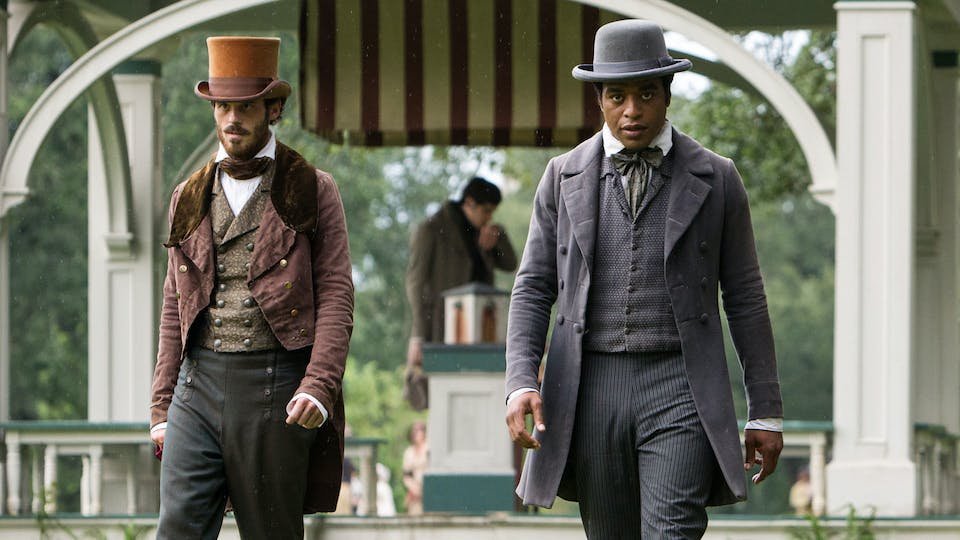
Juneteenth 2023: Books and movies that draw on the heritage of Black life in America

Juneteenth, which takes its name from the combination of June and nineteenth, commemorates the liberation of enslaved African Americans. On 19th June, 1865, after the ultimate denouement of years of Civil War and negotiations for the rights of slaves in the US, Texas — the last state to still practice slavery — saw its slaves liberated, a full-blooded reclamation of their place in the world.
Today, Juneteenth marks an occasion where Black citizens urge a rumination of their socio-political status which, after centuries of reinforcements, still leaves much to experiment with and agitate for. Black identity and its constant enterprise towards cultural and political equality follows in the tradition of social reformations that have been instilled by largely legal processes, which have a quality of being imposed upon rather than developed organically.
The chasm between a pro-Black imagination of a polity is fathoms apart from what it is presently, requiring a leap of faith that is bolstered by stark reminders of a harrowing past, suffused with vignettes of their equal transformative power as fellow citizens. Books, TV shows, and films exploring these themes in layered narratives are a significant arsenal for cultivating a worldview that is attendant to their concerns. They also give a blueprint to subdued cultures elsewhere on how to revitalize a conversation about their role in fashioning a soul for their nation — one story at a time.
Film: 12 Years a Slave (2013)
The nature of subjugation is often irreparably total. A common sight across nations which have been colonised or seen similar rule is that a chunk of the population is worse off from the rest, living a feedback loop of cultural depreciation, a downward spiral with the inflexibility of time. In the US as in India, Black or Scheduled category citizens, respectively, have had a historically poor record in terms of education. Learning, and the capacity to generate learning, is a crucial tool to emancipation; one of the first deprivations instilled by an unsympathetic ruler is that of education, or enacting a particularly expedient form of education that further aids their schemes to inspire control.
Also read: Father’s Day: 10 Hollywood films that stood out for their unconventional portrayal of fathers
12 Years a Slave makes this small point in the context of a formerly free man, who is abducted and marshaled into slavery where, to save his neck, he is to keep his learning very hidden, the alternative being a most unremarkable death. Being Black eclipses his life; it is the reason he is suspected of being a runaway slave before he is abducted. Like a most benevolent parasite, his emphasized Black identity in a largely anti-Black context mutates and saps his vigour for life, and his pride as a free man. Education as the elixir to a free life, freely lived, is a trusty old conjecture, which springs from being a bare civic requirement to become a state of mind, and the last ledge between total relapse into helplessness and emotional demise.
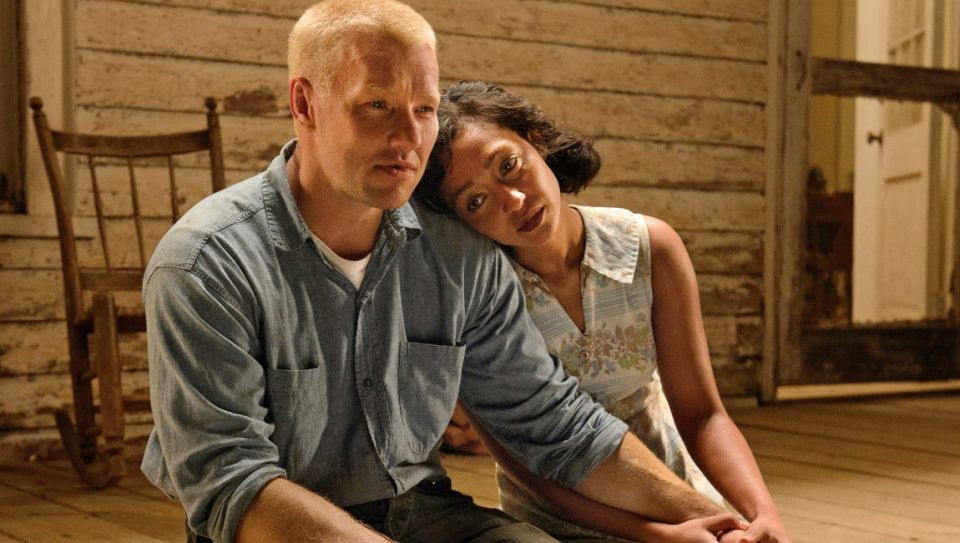
Film: Loving (2016)
The tonal missteps of 12 Years a Slave (the film, not the original 1853 memoir by Solomon Northup) caution us against identity essentialism, that is, expecting a pitch-perfect portrayal of events solely because the creator of a work shares identity with the protagonists on screen. The kind of operatic expedition that it sets out to chart is beset by the usual challenges of being a weighty period film: an orchestrated quality to the gesticulations and cadences makes the film look stagey.
Jeff Nichols’ Loving, addressing a theme that is very familiar to Indian audiences, lenses its protagonists in the handheld naturalism of an independent film you might see at Cannes or, better, the South by Southwest Film Festival. White and Black citizens by law couldn’t marry for a long time in several US states. The lived-in quality of the set design lends a tangible contemporaneity to it, making it seem real, believable. It is bound to inspire comparisons with the Indian caste system, or indeed the strong taboo against inter-religious marriages. The basic human urge to love and feel it back transcends time, of course, but so does the story of human bondage.
Why then does Loving feel so poignant, exemplar of its time in history as to the present? Because it recognizes that several human truths continue to exist beneath the hoods of our civilization, thus avoiding the sepia tones of a history lesson. The stakes of racial prejudice are rendered with supreme gravitas with an arresting focus on the human lives as actual people, rather than puppets in the grand scheme of a historical diorama.
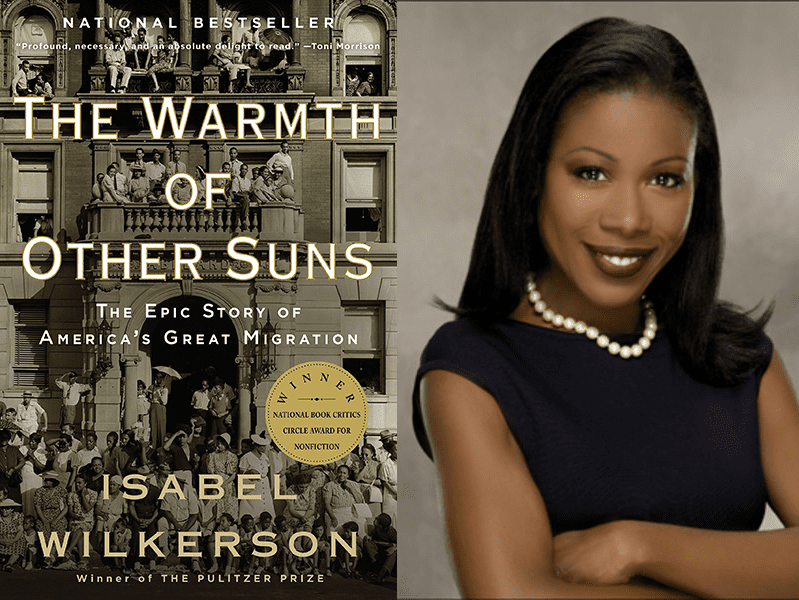
Book: The Warmth of Other Suns: The Epic Story of America’s Great Migration by Isabel Wilkerson (2010)
Isabel Wilkerson, winner of the Pulitzer Prize, is a noted chronicler of all that is awry about American exceptionalism; her other nonfiction volume, Caste: The Origins of Our Discontents (2020), is a much-storied, if sometimes cyclical, introduction to the ramifications of social stratification along prejudicial lines. The Warmth… is a journalistic masterwork, corralling perspectives into a sharp, distinct voice that shouts across the breadth of the American republic.
Also read: How artist Françoise Gilot, who has died at 101, fell in and out of love with Picasso
In the first half of the twentieth century, Black citizens from the formerly slavery-supporting Southern states moved elsewhere, such as Harlem, New York — now a crucible of Black culture; and other places. On one front, it embodies the transformative potential of human effort, and on another, it’s a saga of progressive ripples in the choppy sea of Black rights, with diversity of voices and an astute heralding of scholarly data as its formidable oars.
Wilkerson weaves together the personal narratives of three individuals who embarked on this great migration, capturing the hopes, struggles, and triumphs of millions who sought a better life. Through vivid storytelling and meticulous research, she illuminates the immense challenges faced by those who dared to uproot themselves and seek a new beginning, while also shedding light on the profound impact of their journey on the broader landscape of American society. The Warmth… is a monumental work that invites readers to reflect on the complexities of race, migration, and the pursuit of the American Dream, making it a powerful addition to any Juneteenth reading list or exploration of Black heritage.
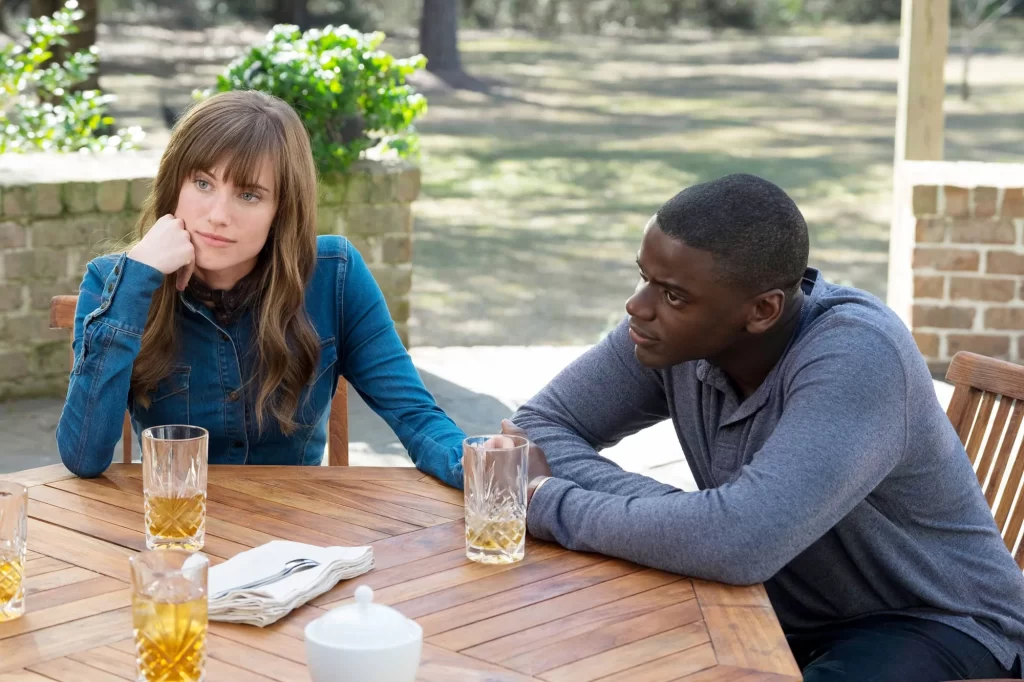
Film: Get Out (2017)
Jordan Peele and Keegan-Michael Key are renowned for their absurdist Comedy Central series called Key and Peele. A popular skit has the two seated as leader and henchman in a drug ring. Peele is sobbing about the death of a close friend, unfitting conduct for a hard-headed drug lord, and Key bursts into maniacal laughter. He is promptly shot dead; the gang resumes business as usual. Equal parts comedy and social satire, Peele has been noted for his effortless invocation of horror.
Peele’s directorial venture, Get Out, which also won him an Academy Award for Best Original Screenplay, has him at the helm of a subtly didactic horror film that utilizes unearthly contraptions to make a point about the nature of prejudice. How do we look at people from a different social or cultural background? Are our views inspired from a place of warm welcome, or a dehumanized interest in them as objects meant to serve our own prerogatives?
The horror involves brain death and transplants and an ensuing bloody chase; it pales in comparison to the centerpiece which puts on show the treatment of a Black man in white company: damning amusement, an unnerving curiosity about the magnificent Black specimen of a body, the reduction of a race to superficial traits which encourages their otherization and exoticization, enabling a racial attitude that is so prevalent today.
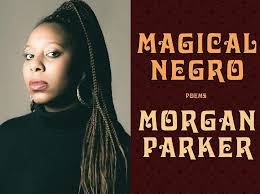
Poetry: Magical Negro by Morgan Parker (2019)
This is a collection of poems. The Magic Negro is principally a cinematic stock character that comes to the aid of the white protagonist. Absurdly common even today, it is an example of tokenistic concerns with diversity where the Black character occupies the margins of a narrative. Parker’s poems deal with Black figures and concerns with a pivotal switch, in that the Blackness is as nonchalantly discussed as white writers and readers consume their characters and stories, which are ushered into habit, rooted into norm.
The characters are allowed to have fun, kick around, be lithe and supple figures, unfettered by the weight of a compulsory social mission that haunts so many other works like dogma. She weaves in several Black figures as living and breathing personnel in the great social machinery of a culture, funny, satirical, sad and cruel, but mostly luminous with inspiration, and refreshing in its deceptive levity.
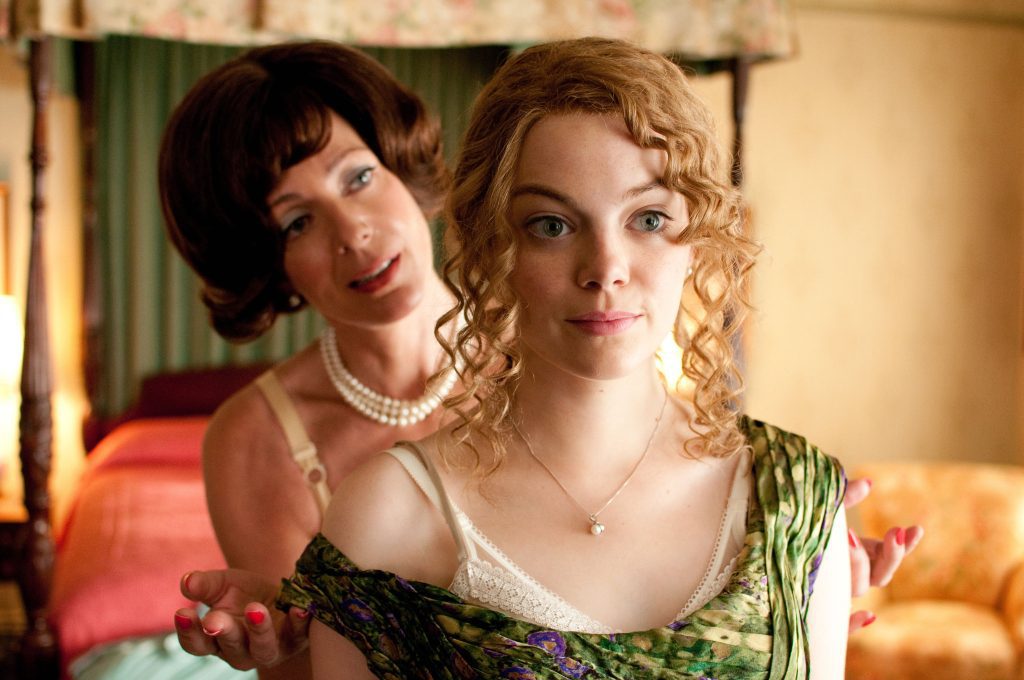
Film: The Help (2011)
Starring Emma Stone, Octavia Spencer and Viola Davis, The Help is about the pigheadedness of the social elite when faced with radical social transformation. The educated gentry are dependably at the forefront of such opposition, as they seem to benefit the most from other people’s subordination, seated firmly at the top of the class pyramid. It often requires the willing support of an ally that breaks from her racial ranks.
Stone’s professionally disgruntled writer sees opportunity in documenting the life and times of Black domestic helps in 1960s America, inspiring the wrath of socialite groups and enduring ostracism. Class hegemony is essential to maintaining rule upon a population, further highlighting the first-in-the-wall (and thus always getting it bloody) fate of allies, who are determined to put their social capital to especially humane use.
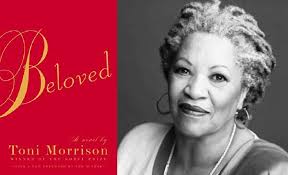
Book: Beloved by Toni Morrison (1987)
One of the great modern American authors, Toni Morison’s novels are heartfelt and intelligent odes to our inherent humanity, and the joy and sadness of a tumult willed into being by our collective miseries. Beloved is an extremely popular novel by most accounts. A formerly enslaved woman feels her house is haunted. It later comes to light that she had attempted to kill all her children in an earlier episode, in an effort to prevent them from being enslaved while holed up in a hiding place. This sort of pyrrhic sacrifice returns in the form of a spirit, the only daughter she was able to kill and thus, theoretically, salvage from a life of trenchant tragedies.
The novel is about many things. Centrally, it is about the trauma of slavery. Being enslaved has to have a bearing on one’s soul. Searing reminders of the past are erased in attempts to lead a normal life, simultaneously erasing a part of our identity, leaving us rudderless, without an anchor in the world. That yoke of servitude grinds into our flesh, an uncomfortable yet familiar sensation, without which an identity of a “slave” capsizes, giving rise to an eerie vacuum. It rings empty and stark.
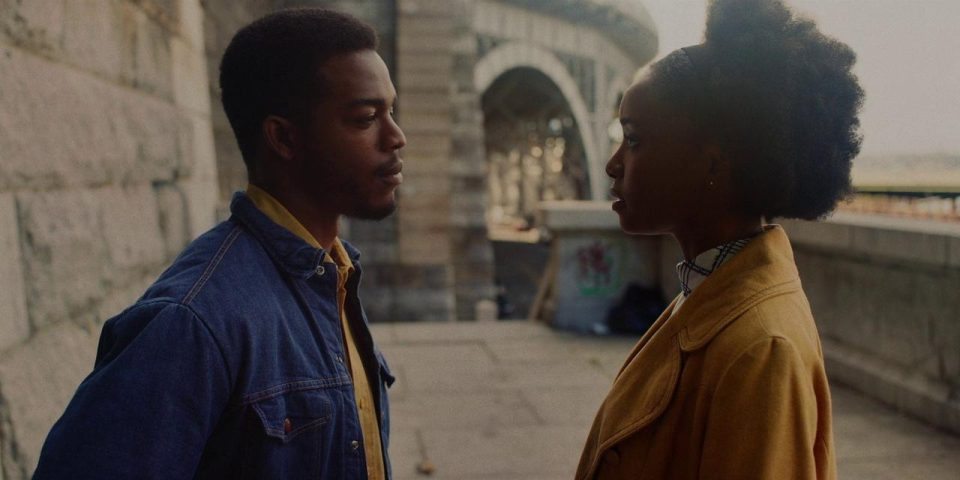
Film: If Beale Street Could Talk (2018)
James Baldwin wrote with such grace and authority that his novels took no time becoming celebrated sermons on living in America. Beale Street is based on the book with the same name by Baldwin, now a figurehead of Black intellectualism. A Black couple’s future is imperilled when the man is imprisoned under the false charge of raping a white woman. Such instances were dime a dozen in the latter half of the twentieth century, more overt manifestations of the function of an eye that stares askew at peaceful coexistence.
Also read: Wes Anderson-inspired reels: Whimsy, melancholy beneath the candy-floss world
Beale Street is a metaphor for the common heritage of Black life in America, a story passed on in hushed whispers and triumphant speeches about having a dream. Similar to Loving in its content, albeit tonally very different, the film inspires anger and awe in equal measure as love is crippled but survives. A similar story back home is that of Umar Khalid, an imprisoned activist, whose romantic partner recently wrote a rhapsody on loving through literal trials and tribulations. Such a story is testament to the human core of all our struggles, a useful vantage point that shades its characters in mirthful gradients, filled with the airs of a people that have, truly, arrived, before being knocked out flat.
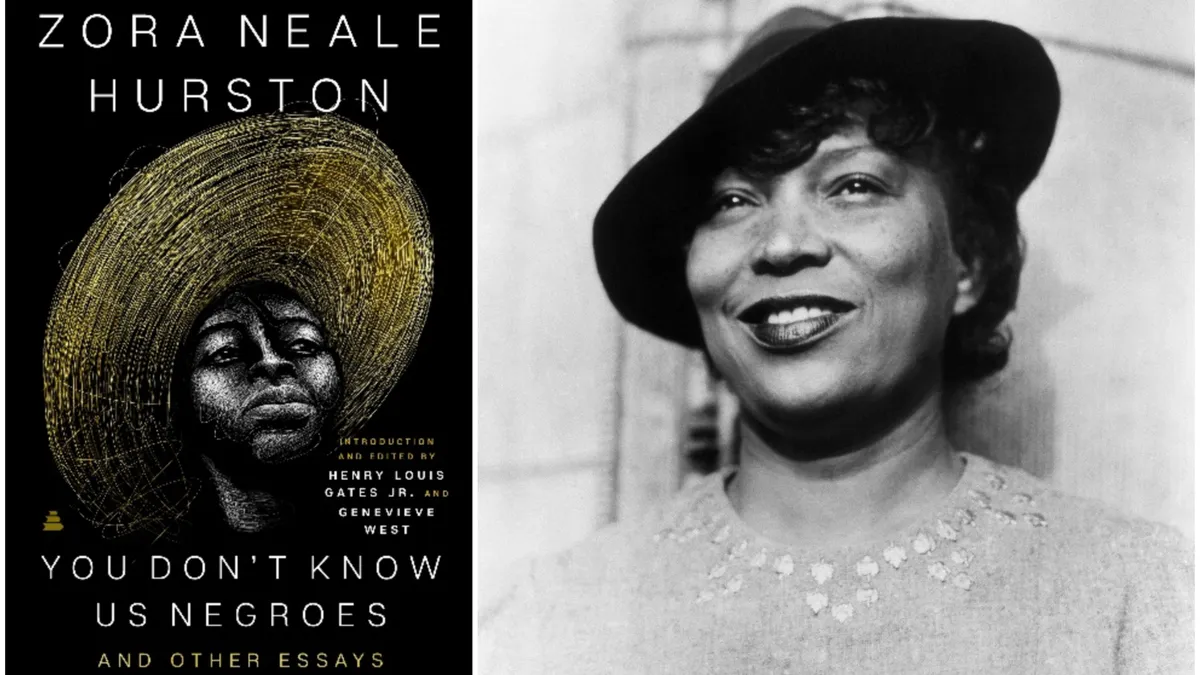
Book: You Don’t Know Us Negroes and Other Essays by Zora Neale Hurston (2022)
This is a definitive collection of the works of Hurston, celebrated writer of Their Eyes Were Watching God (1937). She diarizes the Black mundane astutely, noting the intensification of American mores in distinctly Black ways, as modes of survival translate to the reinvention of culture. Though the essays are obviously from a different time, they highlight the universal truth of cultural accommodation, of how suppressed people come to develop their own ways of seeing.
This is common. The Jews, for instance, have been suggested to have mustered special success in the arts and letters because of being forbidden from more landed work, forcing them to work and develop in the creative arts. That is one interpretation. The Black person’s history is half-and-half and then some, but has a more miscible consistency than we would expect. Hurston’s essays and criticism, neatly arranged in this collection, are beacons in this area.
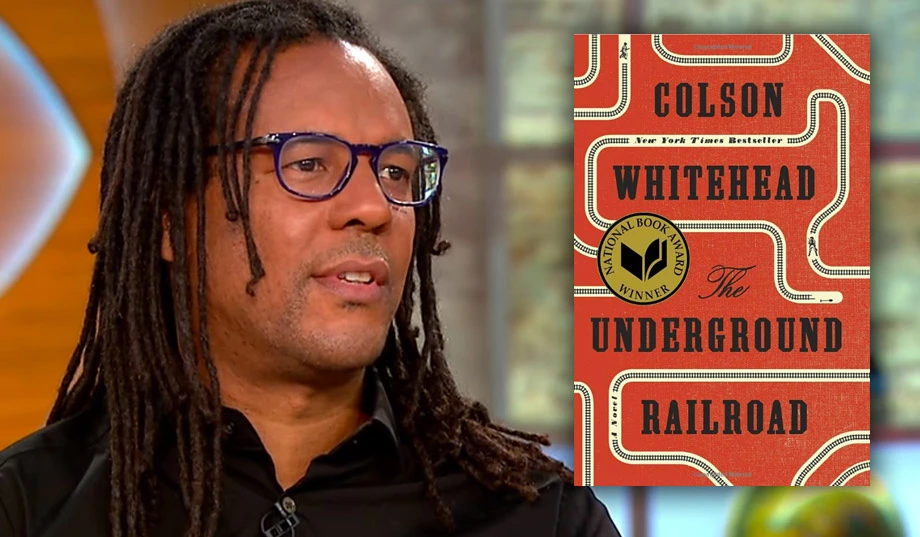
Book: The Underground Railroad by Colson Whitehead (2016)
The underground railroad was an actual system to rescue escaped slaves in race-torn America. But there was no railroad — it was people joining an effort; Colson Whitehead, being the experimentalist that he is, imagines an actual locomotive burrowing through the dark heart of America. He reinterprets historical events in a magical realist turn, amassing a heady stimulus that burns through a story rich with imagery and adventure.
A madcap symbolistic endeavour that is also richly satisfying, this book won Whitehead the Pulitzer Prize for Fiction in 2017, joining Morrison in the canon of interpretive authors that sing in many notes about a topic that they care about deeply, and have the community to borrow heavily and promisingly, and in a form recognized to be both homage and historiography.

